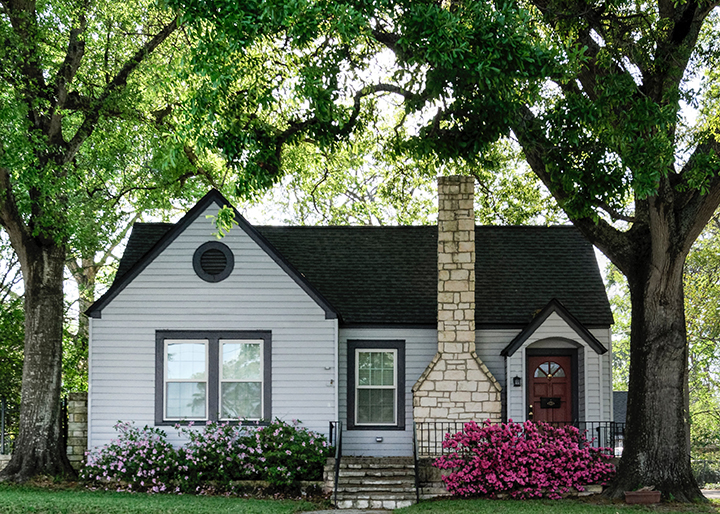Proptech Companies Are Taking a Customer-Centric Approach
Combining Technology with the Human Element By Matt Olsen Henry Ford once said, “Most people spend more time and energy going around problems than in trying to solve them.” This quote perfectly captures how real estate companies should approach technology advancements in today’s digital age. It’s not enough to simply implement a new solution and expect it to resolve every problem; instead, the real estate industry is shifting toward a
Read More












